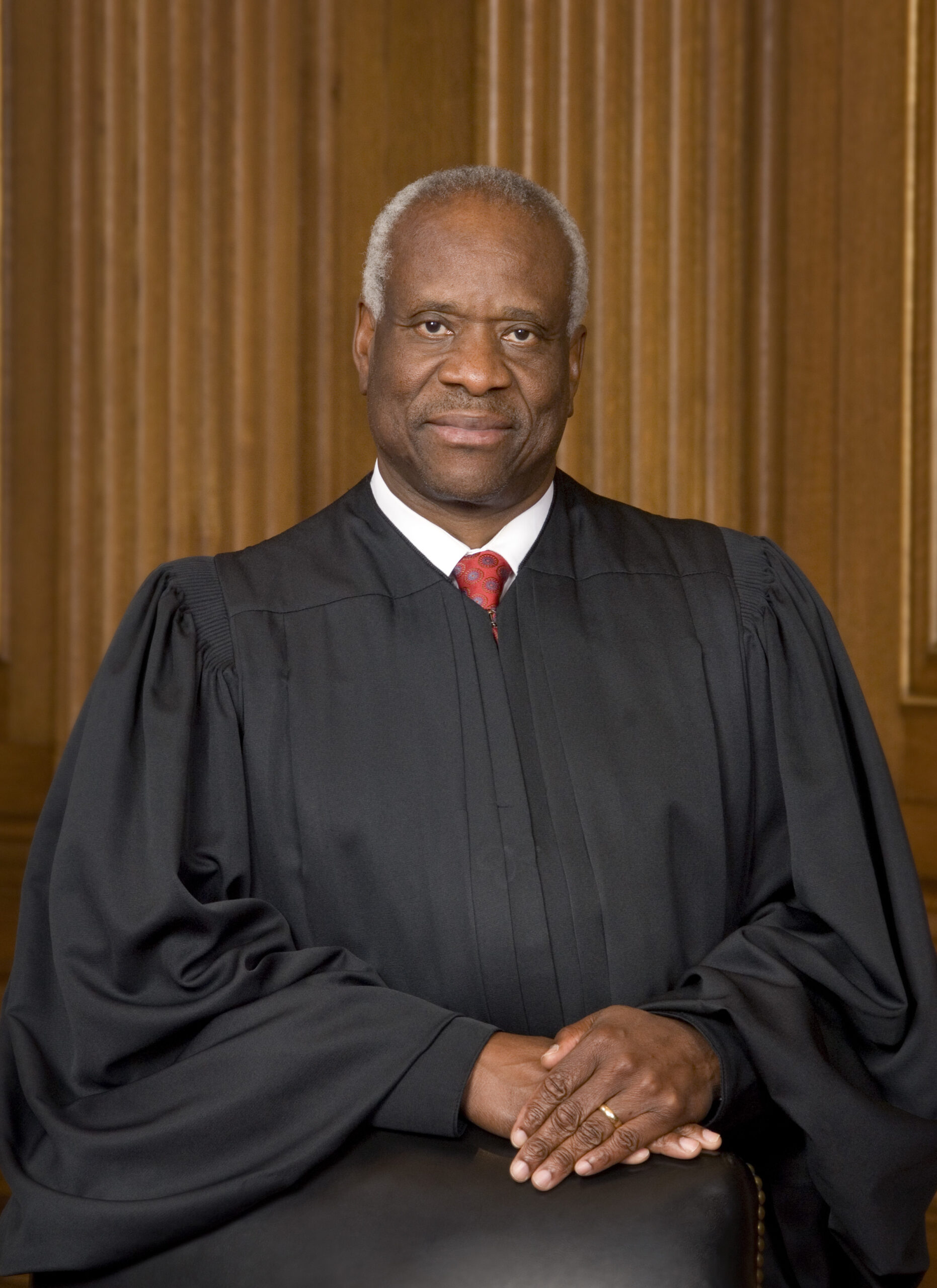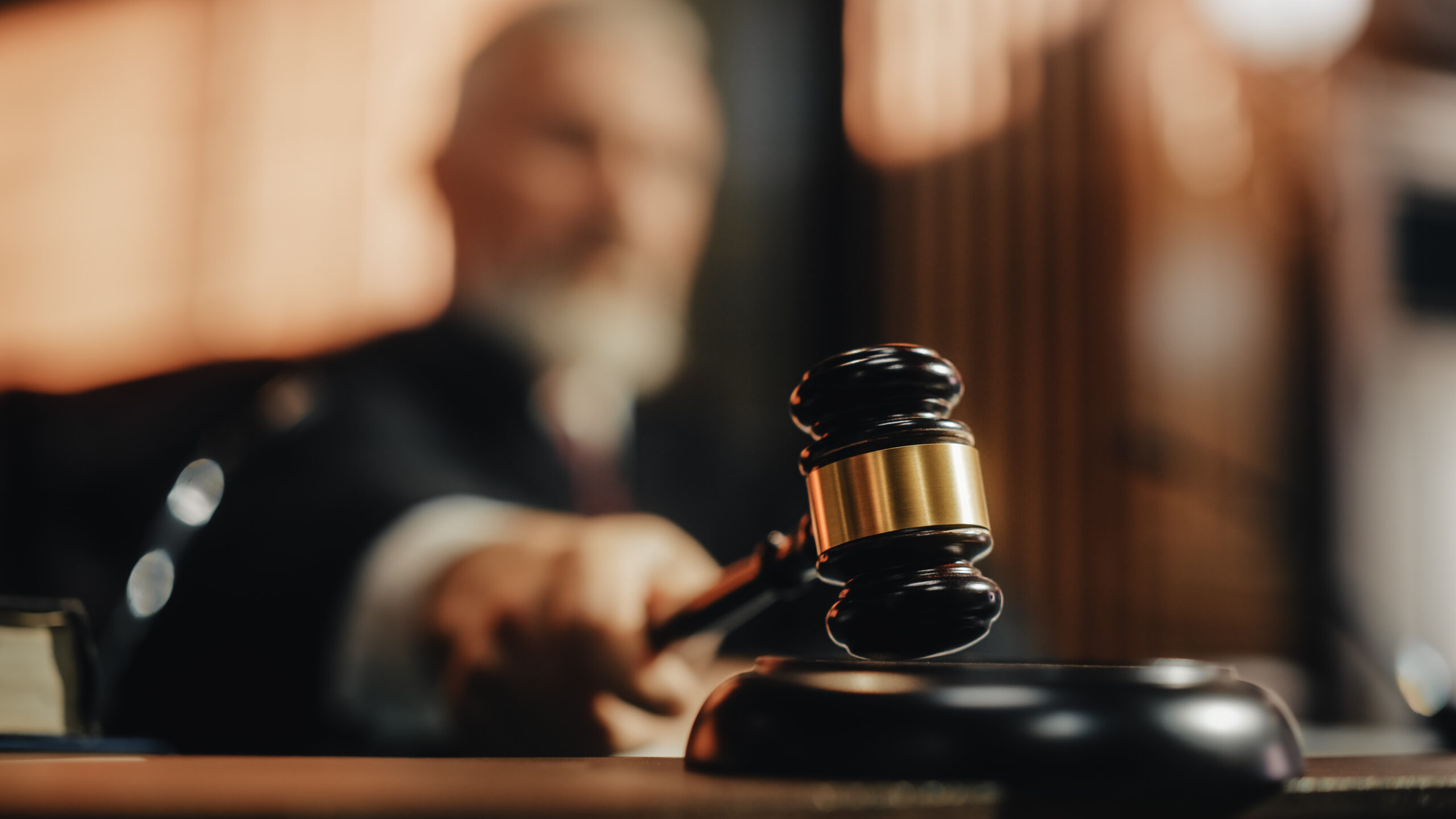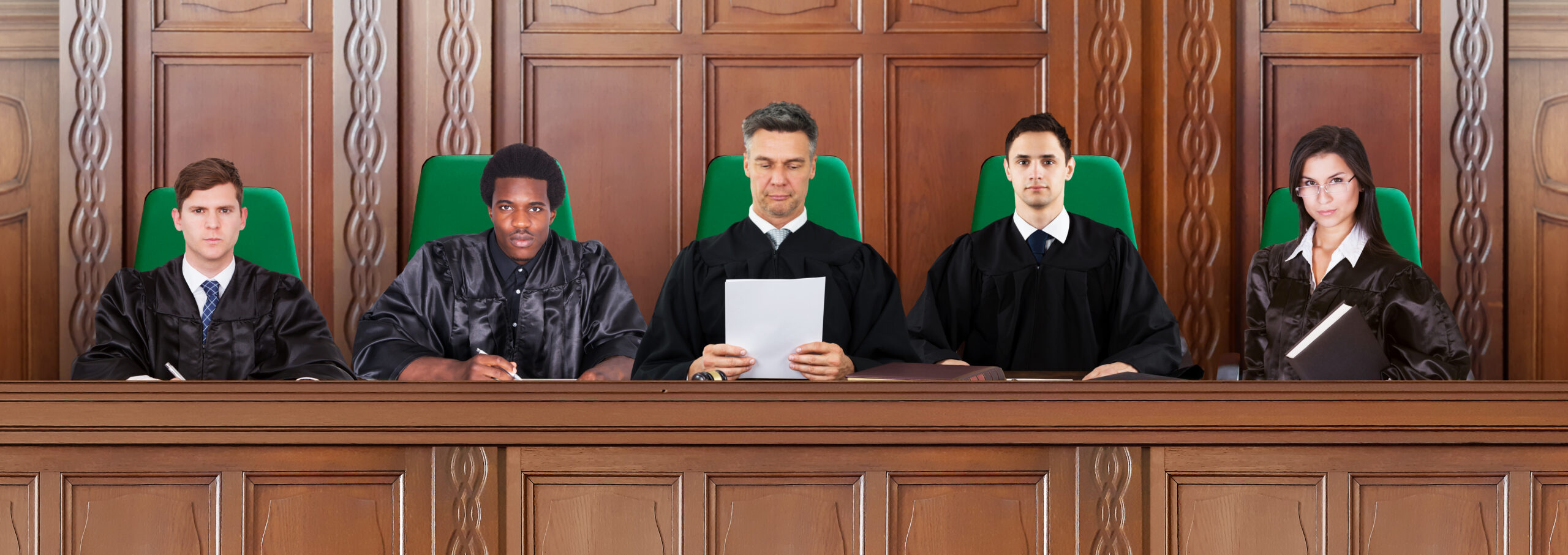OMG! They killed an innocent man!
This story showed up in my feeds. I took note of it because, of course, they blamed the death of this poor black man on the conservative Supreme Court justices.
The three liberals, would have granted the stay, but the six justices that insist on following the law did not.
So what is the actual case?
On August 11, 1998, F.G. was murdered in her home. A jury convicted Marcellus Williams of first-degree murder, first-degree burglary, and first-degree robbery, and two counts of armed criminal action.
The court then sentenced Williams to death for the first-degree murder.
The case was State v. Williams, 97 S.W.3d 462, 466 (Mo. 2003) (Williams I).
Williams then appealed to the supreme court of Missouri. After briefings were received, they issued a unanimous option denying Williams’s appeal and affirming the lower court’s judgement of convection and sentence.
In 2013, Williams filed a writ for certiorari with the Supreme Court, which was denied.
Williams asserted that DNA evidence would show that he was innocent.
The case went up and down multiple times before that issue was put to rest. Remember, the lack of DNA does not mean that a person did not commit the crime.
One of the most famous cases of this was the Central Park five. A young woman was stopped in Central Park by a pack of animals. They beat and raped her, leaving her severely injured. I do not remember when/if she died.
Of that large pack of animals, 5 were brought to trial and found guilty. The evidence that convicted them was their confessions. These confessions were given with their mothers present.
As an example, one of them stated, “I didn’t rape that woman, I just held her down while ??? raped her.”
This is an admission of guilt of the crime of rape.
Was his DNA found in or on the victim? No. It doesn’t matter. He admitted to doing the crime. He was found guilty by a jury of his peers.
Later, a jailhouse confession by a man serving life sentence(s), with no option to ever leave prison, confirmed that the convict did rape the victim.
This does not change the guilt of the original animals. The juries knew that there were unindicted individuals who took place in the gang rape. The juries knew that the animals on trial did not physically penetrate the victim. It does not matter.
20+ years after the crime, they were set free. They were “innocent”. No, they were not.
Back to Mr. Williams, his conviction was by jury. Multiple attempts to overturn that conviction happened. His case was before the Supreme Court, asking for a writ of certiorari 3 or 4 times. It was denied every time.
In the latest trip to the Supreme Court, there were 6 conservative justices. There was a majority of liberal, results-based justices on the court when the case was appealed originally. Those majorities did not grant cert. either.
The new appeal claims, not that Mr. Williams is innocent of the crimes for which he was convicted, no. It is a claim that he was only convicted because the prosecutor was racist.
When a case is going before a jury, the parties get to evaluate the potential members of the jury. These people are formerly known as “venirepersons”.
Each party has several peremptory strikes. These can be used to exclude any venireperson. No reason needs to be given. They can be excluded because the party thought they read too much, or too little. They are allowed.
In addition to the peremptory strikes, the parties can challenge a venireperson for cause. “Do you know any of the people involved with this case?” “Yes, you prosecuted my little brother last year.”
There were 131 venirepersons in total. Only 7 were black. The prosecutor struck six of them peremptorily.
What was the racist thing that the prosecutor did? He dismissed one of those six men because he thought the two men looked similar.
So, the left is very upset. They are very upset that a murder was executed for murdering a woman over 25 years ago.
They have not proven that he was innocent. He had the presumption of innocents when on trial before a jury of his peers. In his appeals he has to prove that he is innocent or that new evidence, if the jury had known about it, would have caused them to reach a different verdict.
This murder was long overdue, his chance to present his case to Saint Peter.









